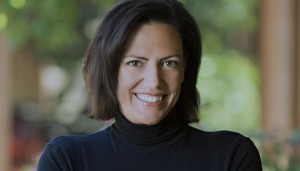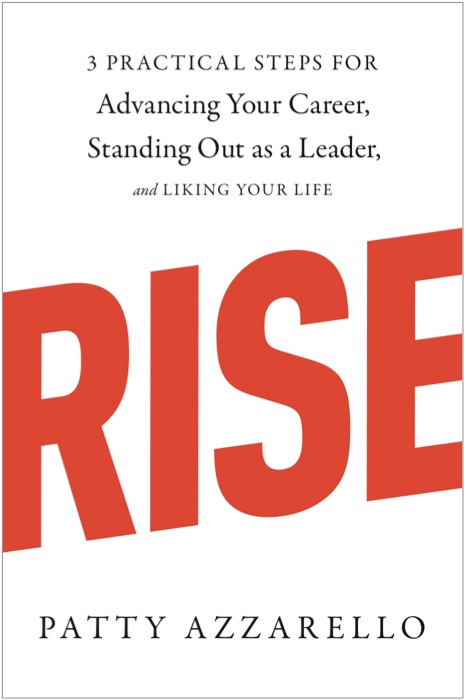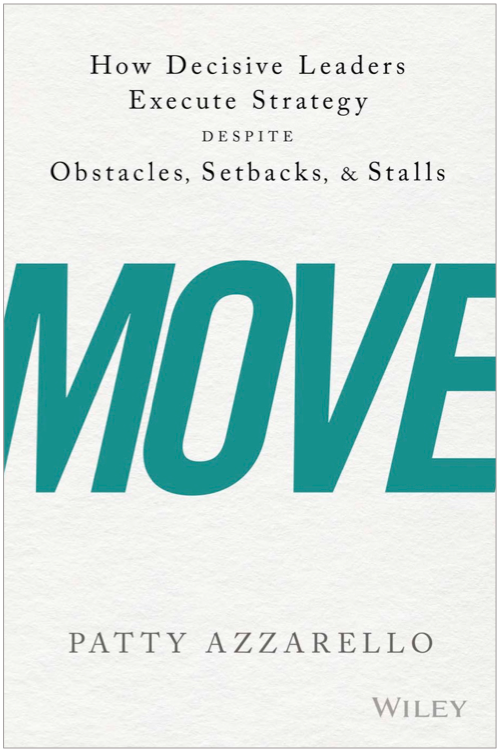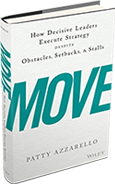Starting in a New Role…
A question that frequently comes up in my Executive Mentoring Group is, “I’m starting a new job. What do you recommend that I do in the first 30 days to set myself up for success?”
That question has been expanded recently to include, “And how do I get started and make effective connections and good impressions when we are all working remotely?”
Outcome and action oriented conversations
In my own career, I developed a really effective set of actions and conversations based on 3 lists (described below) that helped me to quickly establish my credibility, and to start building effective connections across the organization right away.
In a remote setting, these lists can be even more useful because they give you something concrete to talk about, and a reason to schedule a video chat with people who you need to meet.
The bottom line here is to …
Have a lot of listening conversations up front, but to do it in a way that you are immediately bringing something to the table.
So instead of saying, “Tell me about what you do,” or “I just wanted to meet you,” you can say, “I’d like to run my initial ideas and plans by you and get your inputs.”
Of course at the beginning you won’t have all the answers, and this listening tour will help you shape your plans, so it’s a bit of a chicken and egg situation.
However, YOU won the interview, so you must have some idea about what needs to be done.
Start there, then with each conversation deepen and richen the content of your lists. By the time you get to the end of 30 days, you’ll be brilliant, known, respected, and ready to implement the right stuff, having already built support for your work.
This approach is not only useful for when you are new to a role or a company — you can use this technique to give yourself a boost in effectiveness and credibility within your current job as well.
Here are the three lists
List #1. Opportunities and Issues
This is a list of top level things that you see the need to address in your role. Some of them will be things to fix, and others will be opportunities to go after.
Here’s an example of an Opportunities and Issues List for someone starting in an executive marketing role, specific to a particular company and situation.
- We have a strong offer in two key growing marketing segments that we are not exploiting well enough
- We are unknown in these segments. We have weak market perception
- This is organizational chaos in Marketing (morale, spending, effectiveness)
- The sales force feeling unsupported and unmotivated
That list would then lead to the next list: Desired Outcomes
List #2. Desired Outcomes
On the Desired Outcomes list you describe what the world would look like after a year of your making it better.
Here is where you can bring your external or fresh perspective and big picture thinking, which will establish your credibility right away.
For example this Desired Outcomes list could have things on it like:
- Perception of our products goes from unknown to desirable and credible
- We are spending money more effectively and can see budget tied to specific business outcomes
- Morale and motivation of sales team is greatly improved
- Industry analysts will reinforce our strategy
- We will have reference customers that support our new strategy in each super region
List #3. Recommended Initiatives & Actions
I would then create a list of actions that I believed would drive progress to achieve these outcomes.
On the Recommended Initiatives & Actions list I would have things like:
- Resolve internal competing efforts on products and clarify product and service roadmap
- Improve our sales enablement function (list top 3 ideas…)
- Work with services organization to identify, secure and create reference customers in each region
- Orchestrate interaction with analysts and reference customers to prove our strategy
Here is how I use these lists
I use these lists to motivate conversations and get feedback. The result is you get smarter and you build credibility quickly.
I would talk to everyone about the first 2 lists. I’d keep the third one at the ready for people who wanted a deeper discussion, but I shared the first 2 lists very broadly.
Networking:
Remotely, you’ll need to find some well connected people who can help you develop your target list of people to talk to, which is a bit less clear when you are not all together in an office. Build your target list, and then talk to as many people as you can.
All meetings:
I would present these lists at management meetings for each function, team meetings, and 1-1 meetings with peers and executives and get their feedback.
Here are some conversations to have around these lists:
I would ask,
- Do you agree with my assessment of the issues and opportunities?.
- Do you agree that these are the right desired outcomes to be driving? Did I miss anything? Would you change anything?
- Do you agree that these are the right initiatives to achieve these outcomes?
Quickly achieving impact, credibility and support
If I go back to the success model I describe in my book RISE, there are three things you need to focus on to build a successful career: DO Better, LOOK Better, and CONNECT Better.
This approach to getting started helps you make material progress in all three areas right away.
In fact keeping the DO Better, LOOK Better, and CONNECT Better model in mind for the first 30 days will help you make sure that you are not only getting started on the work in a strong way, but that you are building your credibility, reputation and relationships at the same time.
It’s easy to only focus on the work at any moment (not just in the first 30 days) but if you can keep it in mind from the beginning, and while starting remotely, that you need to pay attention to all three, you’ll be in a much stronger position.
On the DO Better front:
This approach allowed me to zero in on the most important business outcomes. It helped me both create and prioritize the action plan to get there.
The feedback helped ensure that I had selected the most valuable and highest impact things to work on. That’s what DO Better is about — making sure your work truly adds value.
On the LOOK Better front:
This process also helped me build credibility quickly because I was “out there”.
I was having conversations with business stakeholders far and wide. I was establishing my presence. It gave me a chance to establish myself as a strategic leader that could see beyond the current situation.
Hint: driving an outcome-focused conversation always makes you appear more credible, than talking about things that are happening today.
On the CONNECT Better front:
Having these practical conversations based on these lists gave me a productive reason to connect with people.
And the outcome-focused perspective also put people in the mood to help me.
Because I was getting their feedback, they felt like they had a stake in what I was doing. And because it was a motivating outcome we were both now heading for, they would offer to help me.
I was able to build up a team of connections and support very quickly by sharing my thoughts on these lists, and asking people for their inputs, and ultimately their help.
By the time I got 30 days in, I had a very solid plan that I could then put into action.
This approach let me put points on the board quickly starting in the second month, which maintained and further grew the credibility I built initially with the conversations around these lists.
What do you think?
Join the conversation about this on my Facebook page.
Was this useful?
If you found this article useful, please help me share it with others and encourage them to subscribe to this Blog for free.
Work with Patty
Contact Patty to do a virtual Keynote or webinar/workshop for your organization, or to talk about her video-based Leadership Development Programs which can all be delivered virtually, and include live coaching with Patty for your group.
If you’d like some support to fuel your own career, learn more about my Executive Mentoring Group.
ABOUT PATTY:

Patty Azzarello is an executive, best-selling author, speaker and CEO/Business Advisor.
She became the youngest general manager at HP at the age of 33, ran a billion dollar software business at 35 and became a CEO for the first time at 38 (all without turning into a self-centered, miserable jerk)



